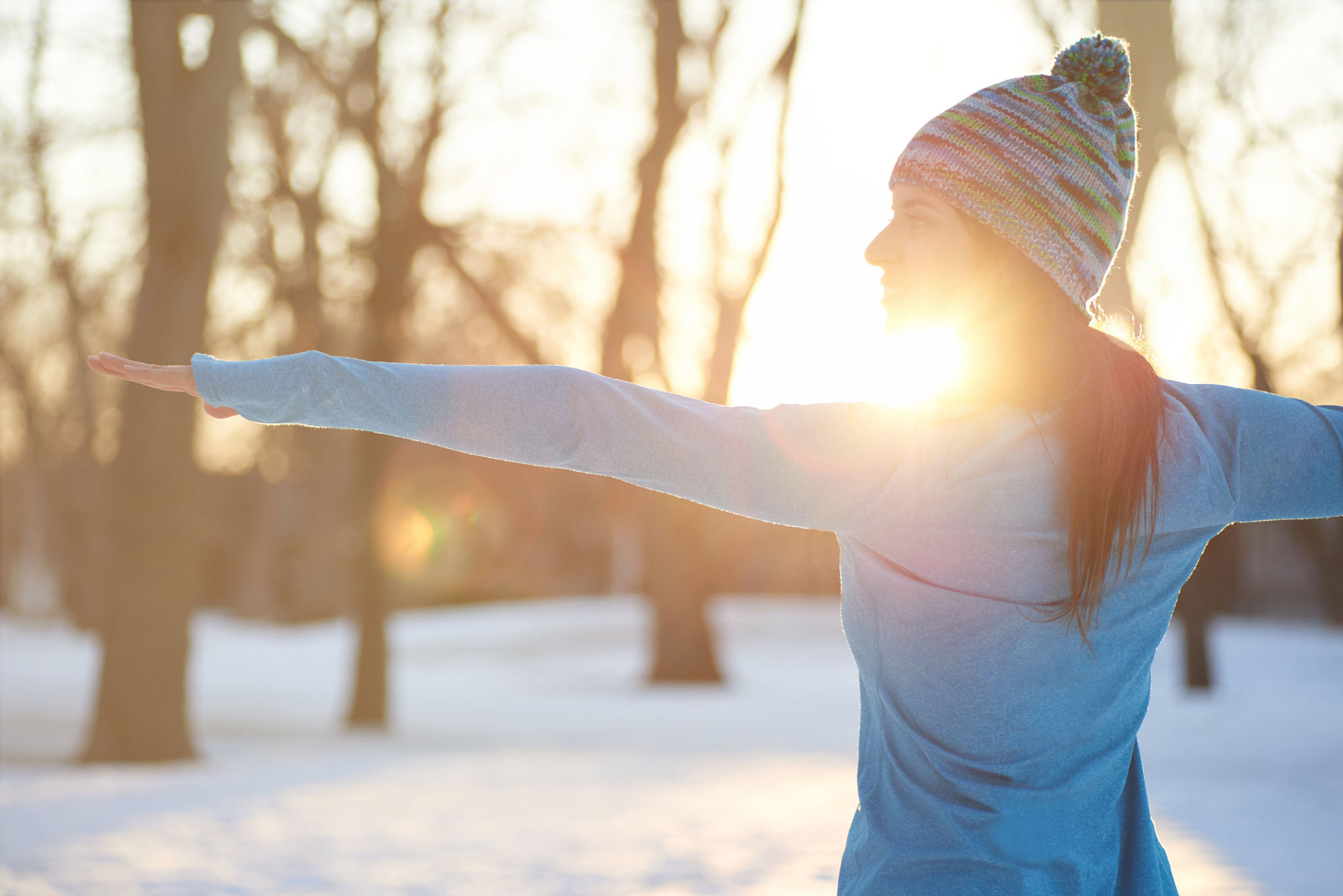Seasonal Stretching Strategies: Preparing Your Body for Winter Activities
Understanding the Importance of Stretching
As winter approaches, many of us eagerly anticipate engaging in seasonal activities like skiing, snowboarding, and ice skating. However, the transition from autumn to winter demands that our bodies adapt to new physical challenges. One of the most effective ways to prepare for these activities is through strategic stretching. Stretching not only enhances flexibility but also reduces the risk of injury, ensuring you can enjoy winter sports to the fullest.

Dynamic vs. Static Stretching
Before diving into specific stretches, it's crucial to understand the difference between dynamic and static stretching. Dynamic stretching involves active movements that help increase blood flow and muscle temperature, making it ideal as a warm-up before engaging in winter sports. In contrast, static stretching involves holding a stretch for a prolonged period and is best utilized post-activity to aid in muscle recovery.
Benefits of Dynamic Stretching
Dynamic stretching is particularly beneficial before participating in winter activities. It helps improve range of motion and prepares your muscles for the demands of sports. Consider incorporating movements like walking lunges, leg swings, and arm circles into your pre-activity routine. These exercises can help increase your agility and balance on snow-covered terrains.

Key Stretches for Winter Sports
To maximize performance and minimize injury risk during winter activities, focus on stretching key areas of your body. Here are some essential stretches:
- Hamstring Stretch: Essential for skiing and snowboarding, this stretch helps maintain flexibility in the back of your legs.
- Quadriceps Stretch: Vital for activities like ice skating, this stretch targets the front of your thighs.
- Shoulder Stretch: Important for maintaining a full range of motion during any sport that involves upper body movement.
The Role of Yoga in Winter Preparation
Incorporating yoga into your stretching routine can further enhance flexibility and strength. Yoga poses such as the Downward-Facing Dog or Warrior Pose are excellent for building core stability and balance—key components for successful winter sports performance. Additionally, yoga promotes mindfulness and breathing techniques, which can improve focus during intense activities.

Creating a Consistent Routine
The effectiveness of any stretching program lies in its consistency. Aim to stretch at least three times a week leading up to winter. Start with a short 10-minute session and gradually increase the duration as your flexibility improves. Remember, consistency is key to reaping the full benefits of stretching.
Listening to Your Body
While stretching is beneficial, it is important to listen to your body and avoid overstretching, which can lead to strains or injuries. If you experience pain during any stretch, ease off and try a different approach or seek guidance from a fitness professional. Always ensure your body is adequately warmed up before any intense stretching session.

The Long-Term Benefits
Incorporating seasonal stretching strategies into your routine not only prepares you for winter sports but also contributes to overall physical well-being. Improved flexibility, enhanced muscle coordination, and reduced tension are benefits that extend beyond the winter season, supporting an active lifestyle throughout the year.
As you gear up for winter activities, remember that preparation is key. By incorporating dynamic and static stretches into your routine, you’ll be setting yourself up for a successful and injury-free season on the slopes or rink.
